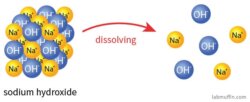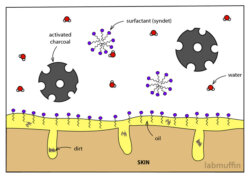Is Sodium Hydroxide Safe in Beauty Products?
Sodium hydroxide is in a ton of beauty products. But as one of my favourite unreliable sources says (the “favourite” is sarcastic by the way, just to clarify): Sodium Hydroxide is, however, a known irritant… The National Institute for Occupation Safety and Health … recommends that consumers prevent skin and eye contact The CDC reports that “Skin contact with sodium …


